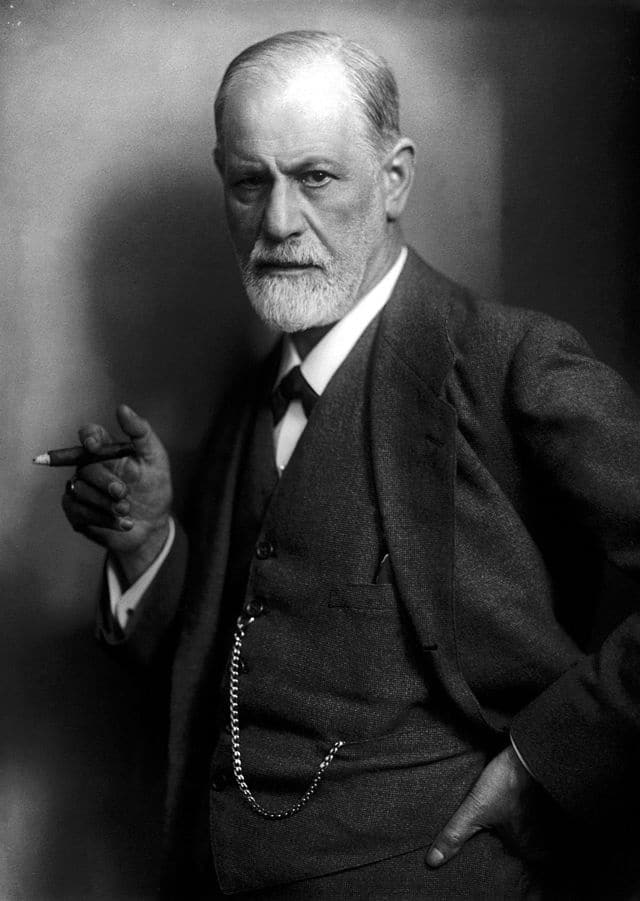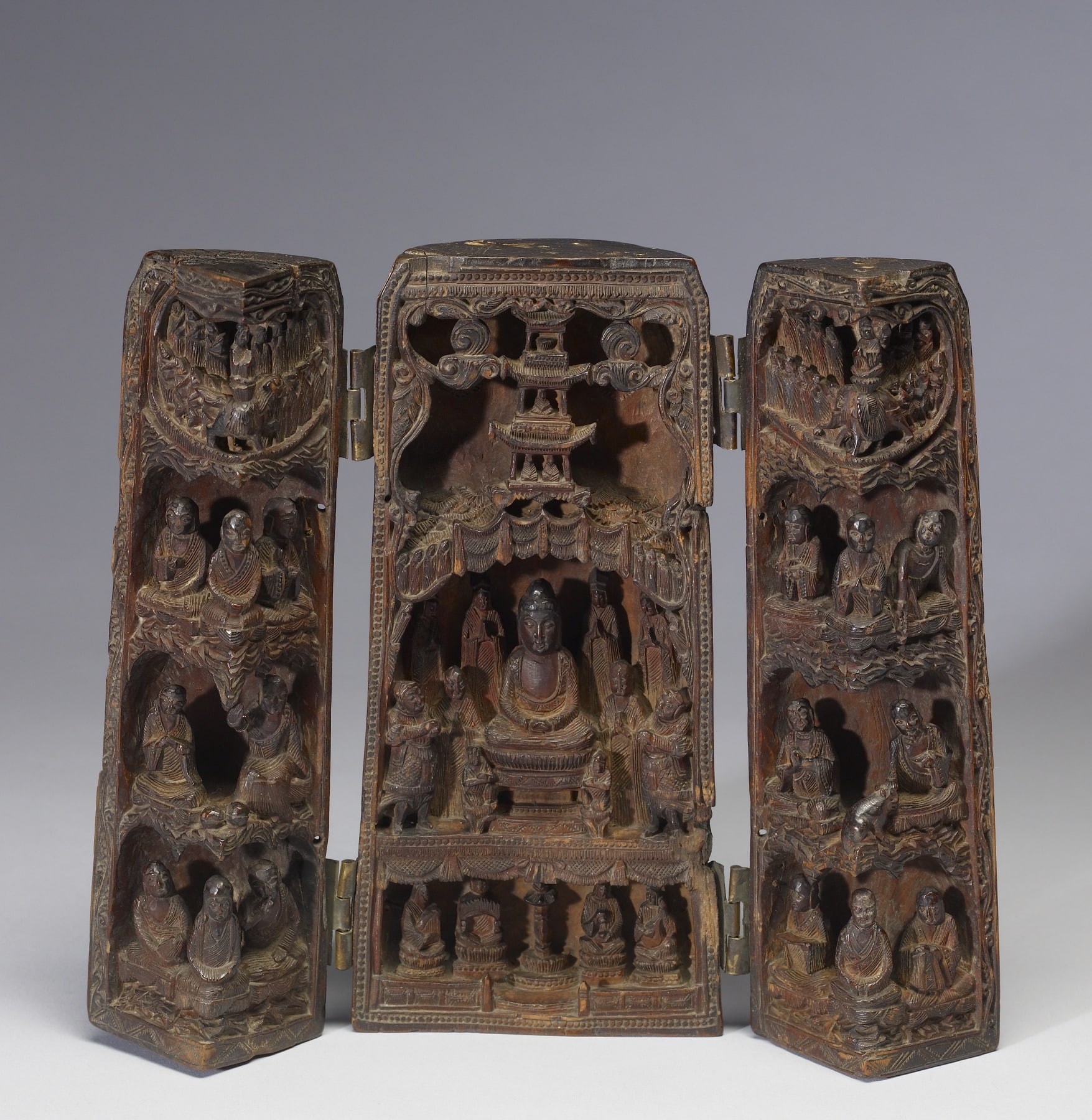Sikhism: The Fifth Largest Religion in the World
Sikhism: A Tradition Striving for Unity and Truth Sikhism is the fifth largest religion in the world(one of the fastest growing, too) and originated in Northern India in 1469. Sikhis (meaning disciple or learner) are monotheistic, believe in the unity and equality of all mankind, engage in selfless service, and strive for the prosperity of all … Read more




